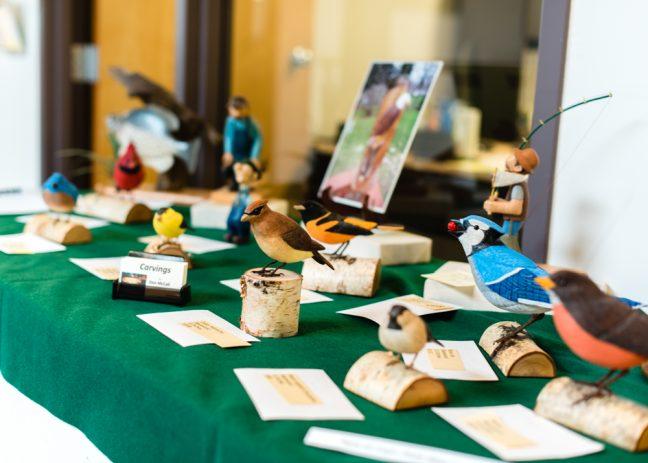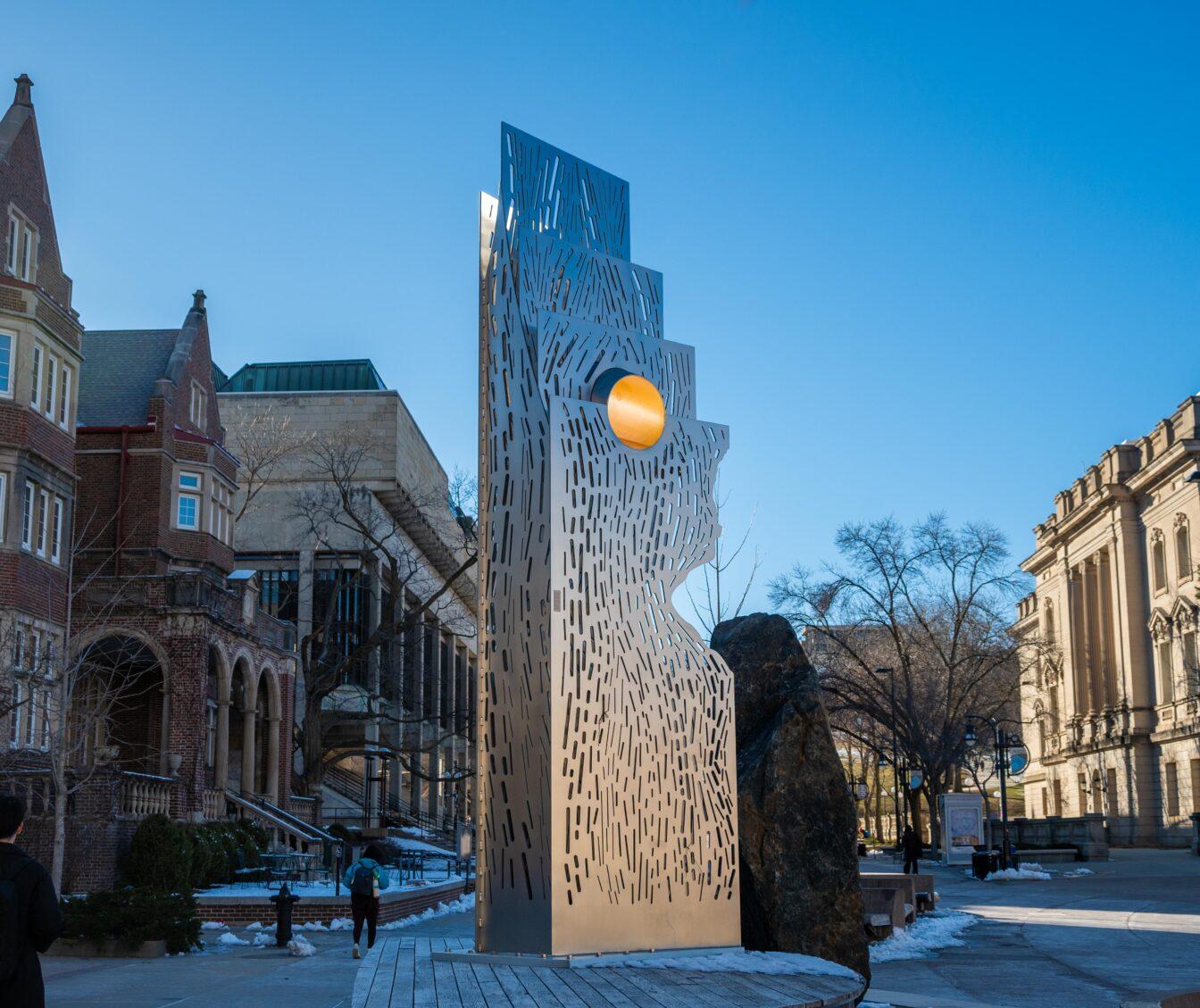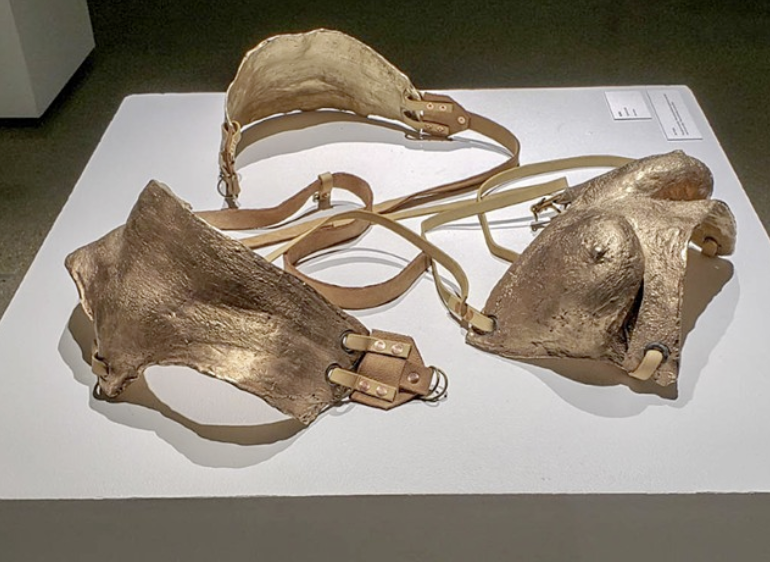Earlier this week, the University of Wisconsin’s Middle East Studies program put on a panel with four renowned artists to discuss their art mediums and how they relate to modern Afghanistan. After decades of unrest, many Afghans have found refuge in art and in some cases, a diversion from the horrors of everyday violence and fear.
Sponsored by the International Division and Center for South Asia Studies, “Stories on Afghan Women, Art, and Everything in Between” navigated its viewers through the complex intersection of art and government censorship.
Brushed aside: Students, faculty struggle to define what ethnic studies mean at UW
Modern Afghanistan has experienced many regimes in the past fifty years that caused the country to tip-toe around its own cultural expression. Whether communist, authoritarian or even imperialist, many facets of Afghan culture, especially among minority groups, were forced into hiding, but not completely forgotten. The panel follows four accomplished artists and their tireless efforts to portray these perspectives in the safest ways possible.
According to panel host Nevine El Nossery, the panel’s focus was to offer an “alternative fresh perspective” on Afghan art. The night kicked off with filmmaker, journalist and activist Nelofer Pazira-Fisk who is known for movies like “Kandahar” (2001), “Act of Dishonour” (2010) and “The Giant Buddhas” (2005) where she recruited many women living in Kabul and surrounding cities.
Pazira-Fisk discussed how even in a “communist-like state,” writing, television and radio flourished. Pazira-Fisk said though women in entertainment were frowned upon, they still contributed much to the community. While most popularized Afghan art came from Islamic and religious communities, Nossery believes there is still a thriving community of art-making among the minorities despite the conflicts.
In Transit: UW student curated exhibit shows journey of processing emotions
Next, photographer and political organizer Arash Azizzada explained the efforts of immigrated Afghans to support those still in the heart of violence.
“The role of the artist is to make the revolution look irresistible,” Azizzada said and insisted its relevance in Afghanistan.
Azizzada talked about how immigrated refugees like himself worked tirelessly to fundraise money to charter planes and buy supplies, advocating in whichever way they could to support their kin overseas. Azizzada said safe nights of art and togetherness during these fundraisers helped him imagine life where Afghans are free to create and enjoy art without government persecution.
Artist Ahmad Qais Munhazim took a more show-than-tell approach, sharing his beautifully moving art that depicted the “invisible” queer life in Afghanistan. Studying masculinity and femininity, Munhazim followed many Afghans who identify as LGBTQ+ and illustrated their lives in his work.
Some of his art includes two bearded, masculine-presenting men who claim they are “soft inside like flowers,” a lesbian couple who hold their hands tightly on the bus when they ride home from work and queer friends who all study in Kabul and commune secretly under pressure of their communities. Munhazim places flowers on his subjects faces to protect their identities, but Munhazim and his muses imagine a world where they are free to be themselves and live their lives without fear of persecution.
Panel of diverse political perspectives discuss Green New Deal, issue of climate change
Lastly, poet, academic and publisher Zohra Saed explored ethnic hierarchies with poetry from native and refugee Afghans as well as her own, relying on experience to paint pictures of life and hope amidst the crisis. Saed said the poetry exemplifies people who “survive in unimaginable hard circumstances.”
Like everyone on the panel, Saed said she hopes the more recent conflict will be a regime that will fail in the face of love. The conversation ended with a quick Q&A and a discussion on what they hope will be the future for Afghanistan. And with such powerfully moving and creative leaders, we hope they will prove to be this face of love.



















